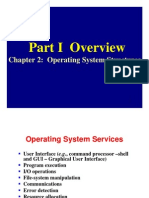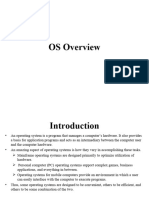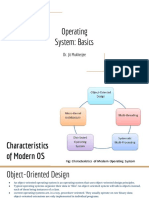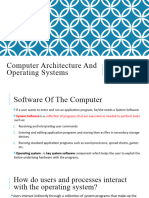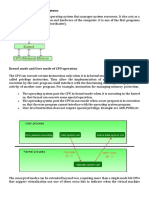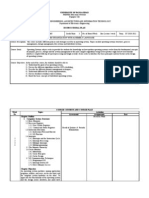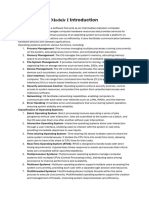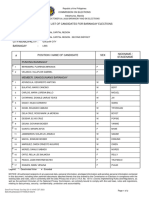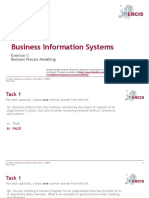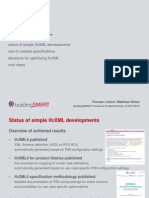0% found this document useful (0 votes)
11 views5 pagesOS CHP1 - Operating System Structure, Dual Mode Op
Uploaded by
Deeksha VermaCopyright
© © All Rights Reserved
We take content rights seriously. If you suspect this is your content, claim it here.
Available Formats
Download as PDF, TXT or read online on Scribd
0% found this document useful (0 votes)
11 views5 pagesOS CHP1 - Operating System Structure, Dual Mode Op
Uploaded by
Deeksha VermaCopyright
© © All Rights Reserved
We take content rights seriously. If you suspect this is your content, claim it here.
Available Formats
Download as PDF, TXT or read online on Scribd
/ 5

